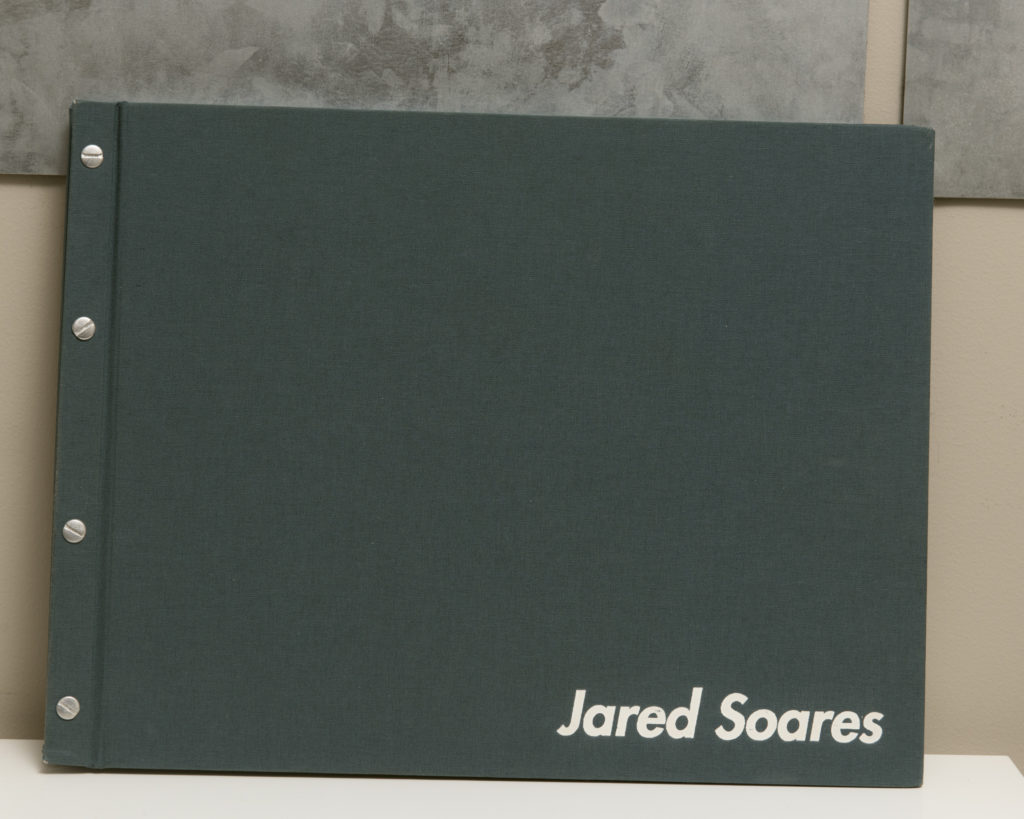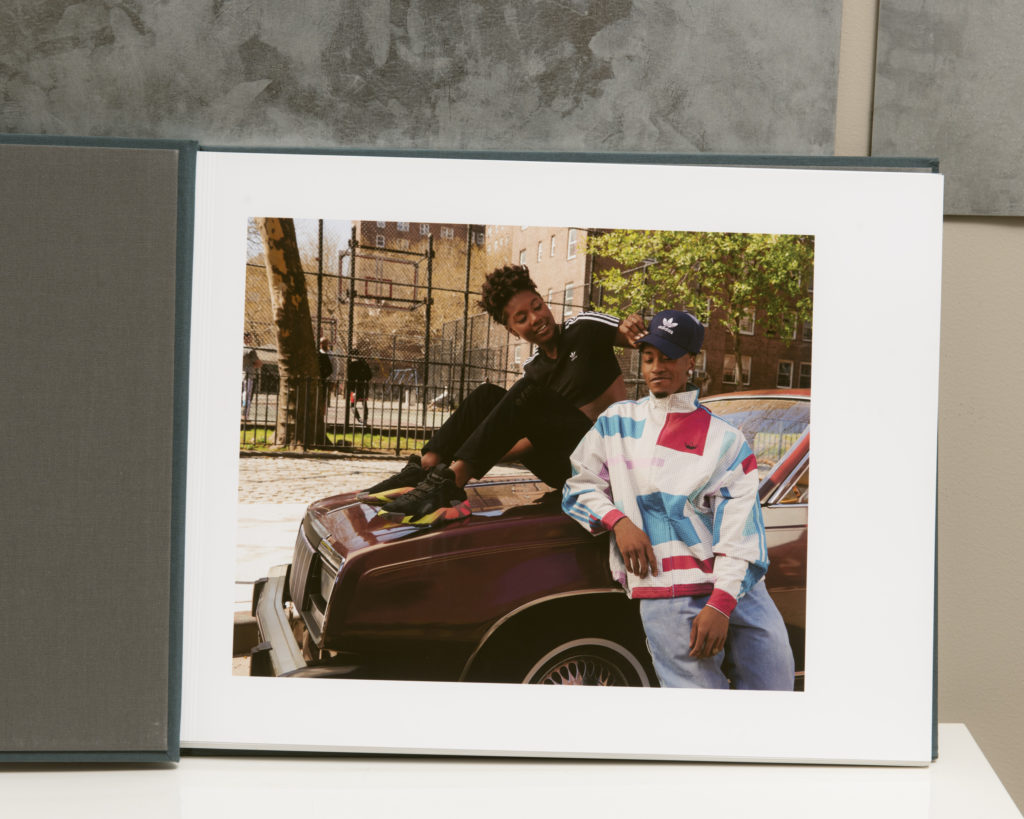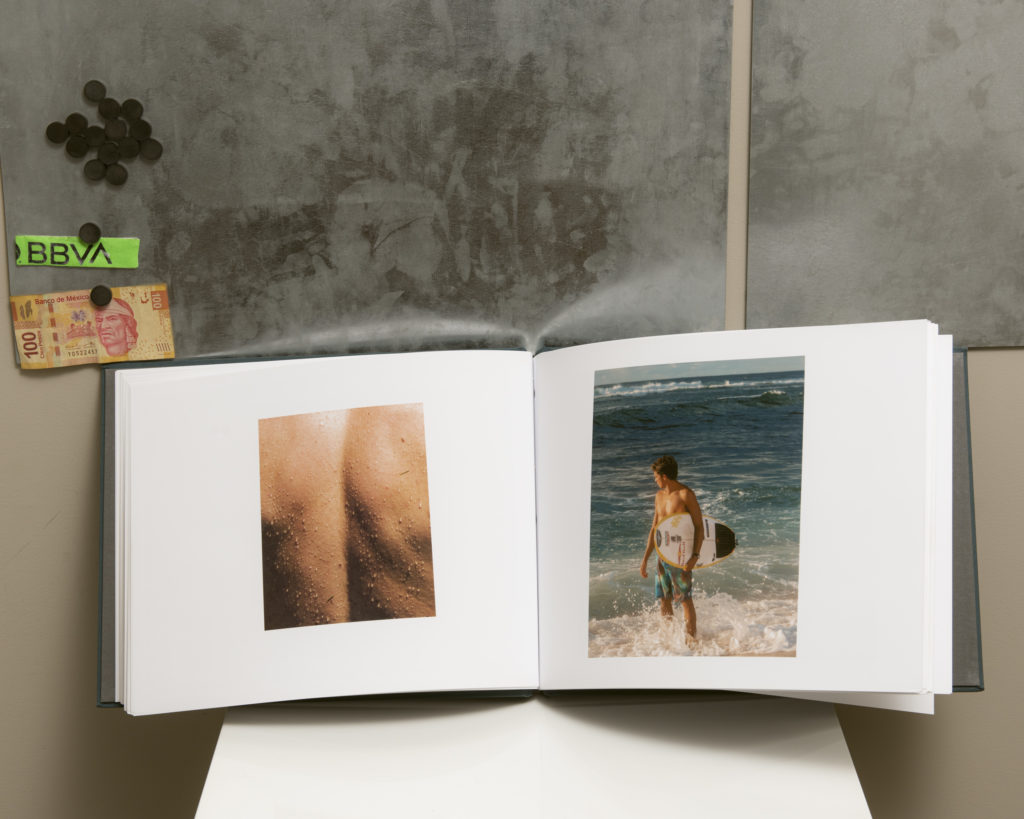Questions
Knowledge Base Questions
JS: The nice thing about mistakes is that yield information so it’s really a good opportunity to learn something. With that said, I made a lot of mistakes earlier on…lol
One in particular, at the early stage of my career, I was in a rush to meet with editors to show them that I “existed.” The meetings that I had set up really didn’t have a purpose other than “oh hey, look at my work and please hire me” so the conversations weren’t that deep. I noticed that the meetings ended up being pretty short because I wasn’t able to offer anything substantial. Now, I am more intentional in terms of who I am contacting for meetings and I make sure that there is a clear reason for me to show up at the office. I’m either coming in with a project proposal or presentation. Also, making sure the work that I’m going to share is ready to be seen by the world.

EG: I’ve accepted several jobs over the years that I probably should have passed on. Earlier in my career, getting a call felt like a victory, so I said yes to any job that I was asked to do. In retrospect, it probably wasn’t worth the few hundred bucks. Nowadays, I’m more conscious of what I say yes to. We all have a finite amount of energy, and sinking that energy into projects that don’t fulfill you is a great way to burn yourself out.
CC: Same as Emiliano, I wasn’t comfortable with saying no. I was just excited that someone was willing to pay me to make photographs. While I had to make a living, I wonder if I had instead spent time on personal projects if I’d be more strongly aligned with the exact type of projects I wanted to work on sooner. Secondly, something I had to learn from and still make the mistake from time to time is not being hyper-specific about the scope of a job so that the client and I are on the same page. For example, creating a deliverables timeline is so that if they ask for something earlier then you can remind them that you agreed upon X date so any earlier would require a rush fee. If you agreed on 10 images then each additional image will cost $XX. Same with usage, retouching, etc. The more specific you can be, the better you protect your time and energy.
JS: I spend more time than I would like to admit in front of computer- sending emails, retouching work, updating my website, biz dev, YouTube rabbit holes, making calls, sitting on Zooms, PrePro, blessing recipients with PDFs, invoices and WeTransfer links. If I have an assignment coming up, the preparation starts a couple days before- getting lighting concepts dialed in, ideas for locations and concepts plus moods as well as color palette. The day of a session, my only focus is making photographs, being present and enjoying the time. If I’m dipping out for a 10 day personal work trip, then my out of office reply is on so that I can concentrate on making the most of my time developing the project. The big change for my career was when I started using a calendar and understanding the need to be more thoughtful with my time- this took a while for me to figure out…
CC: Similar to Jared, I spend a lot of my time in admin world. My weeks look different depending on current project timelines and upcoming shoots. This can mean I’m scouting, pulling references, and producing one day, picking up equipment and shooting the next, in post/retouching/billing the next, or I can be spending one or two days creating a treatment for an upcoming bid. I still do most things I did at the beginning of my career now besides estimating, negotiating. My agent also helps a lot with marketing and outreach. When I first started out, I didn’t have any boundaries between work and my personal life – I felt as though every waking hour not invested in furthering my career was a lost opportunity. I realized that wasn’t healthy nor true. I find that my task list is never-ending but what’s changed as my career has evolved, is the balance between work and rest to avoid burnout and prioritizing the important but not externally urgent tasks (personal work) that are investments in my portfolio, alongside the urgent and important tasks (client work) and letting the rest fall by the wayside.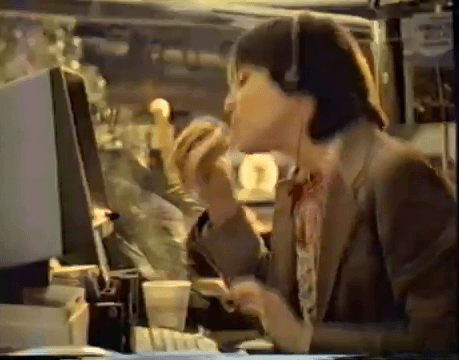
EG: Every day is very different. Some days it’s building a creative deck all day. Others it’s just sitting around and trying to focus on invoicing and other office stuff. Some days I blow everything off and play tennis. And then on production days it can be full gas all day and night. The more rigor you can bring to your day-to-day practices, the better. I’m not great at discipline and rigor . . . so I try to make up for it by really focusing when I actually sit down to do something. It’s not atypical for me to stay up until 3 or 4 in the morning just trying to build my network, researching, or blowing out some ideas.
Link to this anwser.
JS: My biz is structured as an LLC. Always best to keep personal and business assets separate plus it helps with taxes too. Talk to an accountant to figure out what makes sense for you.
CC: I incorporated my business after being a sole proprietor for 8 years for tax benefit and liability reasons. I was fine with not incorporating before because I didn’t have any personal assets that I was concerned about losing should something go wrong and I get sued. My business is currently incorporated as an LLC and treated as an S-Corp (confusing, I know). Based on my income, the tax benefits I receive outweigh the annual fees associated with filing as an S-Corp. Everyone’s tax situation and income is different so it might not make sense for you to change your business structure. If you want to learn more read this and reach out to a CPA or accountant. If you’re looking for one in the LA area, I work with Jason at Safer & Co.
Link to this anwser.
CC: My 11×17 double-sided matte inkjet printed screw post portfolio (will likely switch to a smaller format once in-person meetings are a thing again because that was a pain in the ass to travel with and ship), recent work/image libraries/motion/personal work on an iPad, and leave-behinds (latest promo, postcards, etc). The iPad is helpful if a client comments on an image in the printed book and you can show them the expanded campaign or project on your iPad. Think about what anecdotes you can share related to the projects or images that you’re showing that can give the client insight into your process and abilities. Bring questions based on the research you’ve done about the client beforehand.
EG: Portfolio and winning attitude.

JS:Bring your portfolio, in-progress projects, your ideas and recent work. Also, it helps to brings questions. This is your opportunity to get to know the client. It is also a situation where you can present your work in a way that it can’t be experienced digitally. Show the clients something that they can’t see on your website or IG.
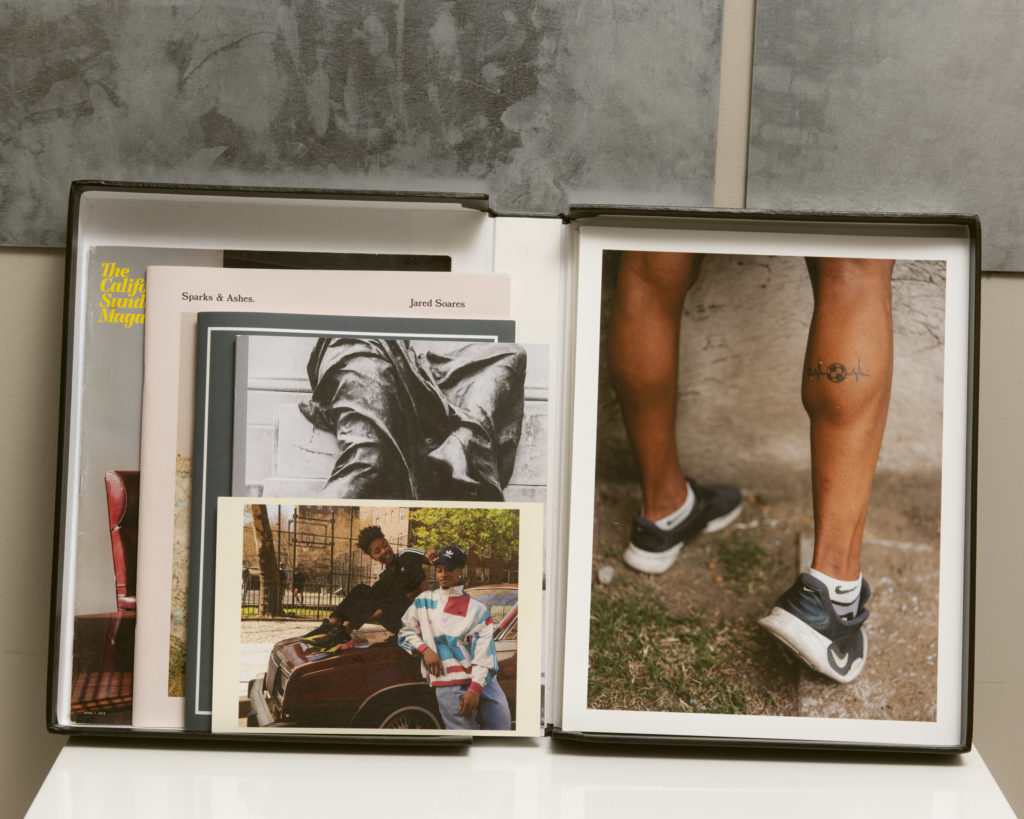
JS: I use a combo of Instagram, Google and Linkedin to figure out contacts and email address styles. Also, I trade contacts with friends and we’ve even created a spreadsheet that we keep updated. Never buy a list because most of the time they are out of date.

CC: I use Mailchimp and have built my list with the help of Hunter.io, Linkedin, reading mastheads, keeping an eye on who other photographers mention and follow on Instagram, my agents, and asking the communities I’m a part of if they can share contacts from specific brands/publications.
Link to this anwser.
JS: A newsletter should be another extension of who you are and what your work is about. It is more than okay to show your personality through the design and voice of it. I like to have at least 3 strong items to share plus a call to action. This could be an editorial assignment that you’re fired up about, a gallery exhibition that you’re participating in, a write up about a project on a website, an in-progress personal project- pretty much anything that is hitting the quality marker and that you’re proud of at the moment. Also, it is important to mention your location as well as your contact info both items should be easy to access. Here is one that I sent earlier this year.

CC: Jared pretty much covered it all, my newsletters are very similar. I try to pick three projects and a few images so recipients can still get something if they look at it for 5 seconds and don’t click to see more or read. You can see my most recent ones here and here.
EG: Every time someone interacts with you, your images, or your brand, you want to reinforce the things you think are the best about you. You should have a clear vision of what your brand stands for and what that looks like. Your newsletter (and everything else in your arsenal) should be in line with that. Some of my most recent newsletters here and here.
Link to this anwser.
